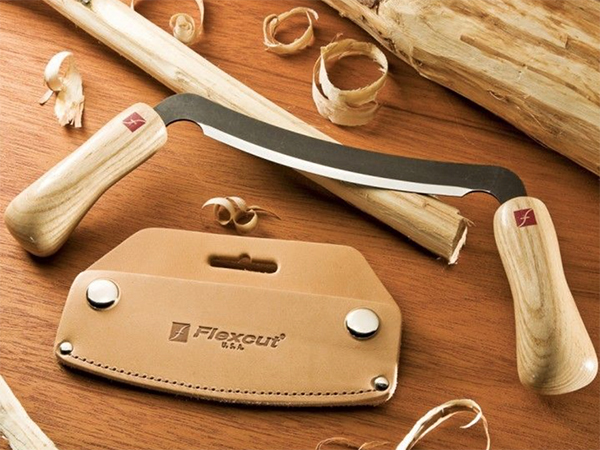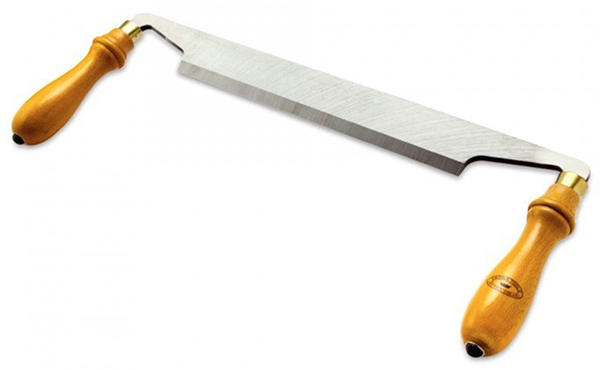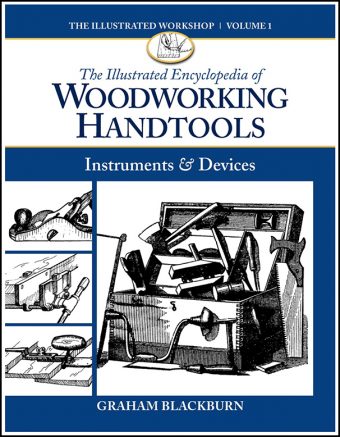
What is the difference between a straight draw knife and a curved draw knife, and why is one used over the other? Is there a particular application or process where a curved draw knife is preferable to a straight knife? I own both versions in excellent condition through a lucky antique store visit. I have used both but see no real difference in my limited use at this point. – Bruce Melton
Tim Inman: The short answer is “convenience.” We select tools that are best suited to the jobs at hand. Sometimes we don’t have a choice so we learn to “make do” with what we’ve got. If you have a choice of tools, you’ll discover that you like one for this job and another for that job; the subtle nuances might become important. As you say, sometimes it just doesn’t actually make much difference. Generally, a curved knife for me will do deeper cuts or bark removal easier than a straight blade. Both will work. By the way, I’m assuming the curve is along the horizontal plane of the blade, like a sweep. There are draw knife type tools that have the curve bent into the blade so it forms a cylindrical shape. These are best used for something like scooping out the saddle of a chair seat. One of my favorite woodturning mentors, the late Bill Jones, endeared himself to me many years ago with his answer to a turning question during a seminar. The questioner asked Bill (the undisputed dean of the surviving Victorian ornamental turners) which was the right tool to use for a certain job. Without hesitation, Bill turned from his work and said, “The one that cuts.” Perfect answer, as far as I’m concerned.

Chris Marshall: Draw knives remove a lot of material in a hurry, making it easy to strip bark off of branches and waney boards or to convert hard edges into rounded profiles when shaping handles, spokes, spindles, cabriole legs and so forth. If the shape of the blade is flat and only the profile of the cutting edge is different (a curved edge versus a flat edge), your two draw knives are probably equally well suited and interchangeable for most tasks.
You might be surprised to learn how many variations of draw knives have existed over the years. Graham Blackburn’s “The Illustrated Encyclopedia of Woodworking Handtools” identifies nine variations, including carpenter’s, carriage body, carriagemaker’s, chamfer knife, coachmaker’s, cooper’s, jigger, mast and wagon maker’s draw knives. With so many wood-centric trades, the modifications to this tool abounded!






